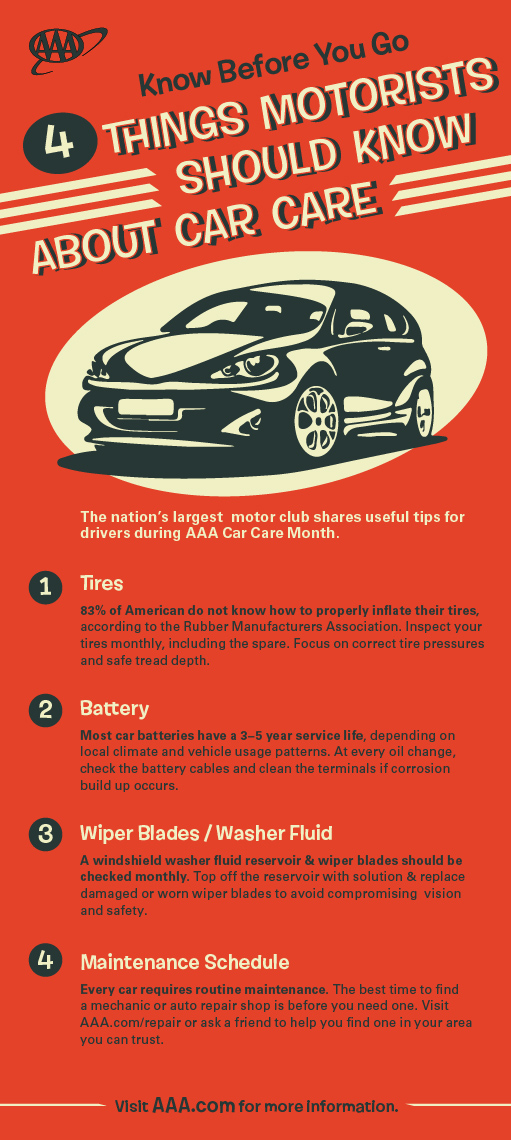Deciphering Your Vehicle'S Warning Indicators: What They Really Symbolize
Deciphering Your Vehicle'S Warning Indicators: What They Really Symbolize
Blog Article
Post Composed By-Sykes Dalgaard
When you're behind the wheel, those radiant caution lights on your dashboard can be a little bit difficult. Do you recognize what they're attempting to inform you about your vehicle's wellness? Comprehending the value of these lights is crucial for your safety and security and the durability of your car. So, the next time among those lights turns up, wouldn't you wish to decode its message properly and take the needed actions to address it?
Common Caution Lighting and Interpretations
Identify common caution lights in your vehicle and comprehend their definitions to make sure secure driving.
The most common warning lights consist of the check engine light, which signifies issues with the engine or emissions system. If this light begins, it's essential to have your vehicle examined quickly.
The oil pressure advising light shows reduced oil stress, requiring immediate attention to avoid engine damages.
A flashing battery light could suggest a damaged billing system, possibly leaving you stranded if not resolved.
The tire stress tracking system (TPMS) light notifies you to low tire pressure, influencing car security and fuel effectiveness. Ignoring this can result in risky driving problems.
The abdominal muscle light suggests a problem with the anti-lock braking system, jeopardizing your capability to quit quickly in emergencies.
Lastly, the coolant temperature advising light warns of engine overheating, which can result in serious damages otherwise solved quickly.
Recognizing these typical caution lights will certainly assist you deal with problems without delay and maintain risk-free driving conditions.
Value of Prompt Focus
Understanding the typical warning lights in your car is just the initial step; the value of without delay dealing with these warnings can't be stressed sufficient to ensure your safety when driving.
When a caution light brightens on your dashboard, it's your automobile's method of interacting a prospective problem that requires interest. Disregarding these cautions can result in extra serious issues in the future, jeopardizing your safety and possibly costing you more out of commission.
Prompt attention to warning lights can stop failures and accidents. For instance, a flashing check engine light can suggest a misfire that, if left unattended, could cause damages to the catalytic converter. Resolving this promptly can conserve you from an expensive repair.
Likewise, a brake system alerting light could signal reduced brake liquid or worn brake pads, critical parts for your security when driving.
Do It Yourself Troubleshooting Tips
If you see a warning light on your control panel, there are a couple of do it yourself repairing tips you can try prior to seeking expert aid.
The primary step is to consult your vehicle's manual to recognize what the specific caution light shows. Occasionally the problem can be as basic as a loosened gas cap activating the check engine light. Tightening detailcarserviceauckland may deal with the trouble.
https://ecu-tuning-shops-near-me28383.blog2freedom.com/32098060/analyze-your-automobile-s-requirements-to-find-the-perfect-car-detailing-solution-for-you-however-which-variables-will-really-affect-your-decision is a low battery, which can activate different advising lights. Checking the battery connections for deterioration and guaranteeing they're safe and secure may fix the problem.
If a caution light continues, you can try resetting it by detaching the car's battery for a couple of minutes and afterwards reconnecting it. Furthermore, checking your vehicle's fluid degrees, such as oil, coolant, and brake fluid, can aid repair advising lights connected to these systems.
Final thought
To conclude, recognizing your cars and truck's caution lights is important for maintaining your car running smoothly and safely. By quickly attending to these signals and recognizing what they indicate, you can avoid expensive fixings and prospective break downs.
Bear in mind to consult your vehicle's handbook for certain information on each warning light and do something about it accordingly to guarantee a hassle-free driving experience.
Remain informed, remain risk-free when driving!
